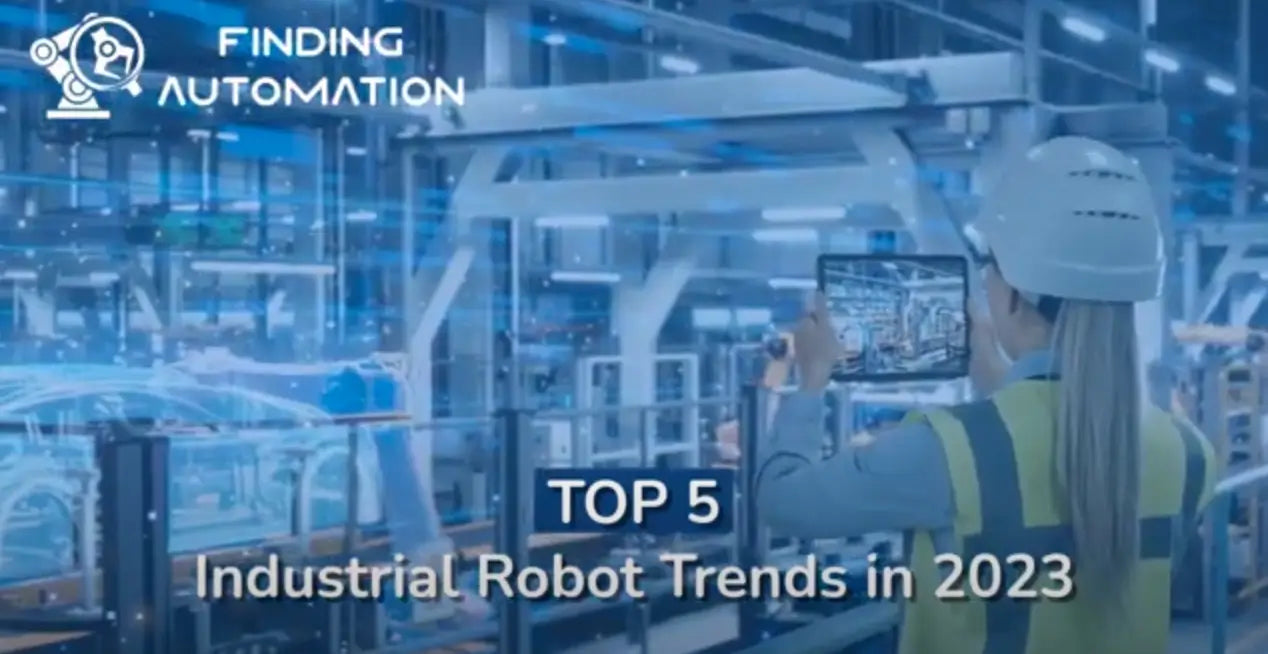In the rapidly evolving landscape of automation, industrial robots stand at the forefront of technological advancement. As we step into the year 2024, the realm of robotics continues to witness unprecedented growth, bringing forth a wave of innovation and transformation across various industries. From manufacturing to healthcare, robots are revolutionizing processes, enhancing efficiency, and reshaping the way we work. In this detailed blog post, we delve into the top five trends shaping the world of industrial robots in 2024.
1. AI-Powered Robotics:
The integration of artificial intelligence (AI) into industrial robots has been a game-changer, catapulting these machines to new levels of sophistication and autonomy. In 2024, we can expect to see a surge in AI-powered robots that can learn, adapt, and make decisions in real-time. These intelligent machines are set to revolutionize manufacturing processes by optimizing production flows, predictive maintenance, and quality control.
One of the key advantages of AI-powered robotics is their ability to analyze vast amounts of data quickly and accurately, enabling them to perform complex tasks with precision. Machine learning algorithms embedded within these robots allow them to continuously improve their performance over time, leading to increased productivity and efficiency on the factory floor.
2. Collaborative Robots (Cobots):
Collaborative robots, or cobots, are designed to work alongside human operators, enhancing safety and productivity in industrial settings. In 2024, we can anticipate a rise in the adoption of cobots across various industries, thanks to their flexibility, scalability, and ease of deployment. These robots are equipped with advanced sensors and vision systems that enable them to interact safely with humans, leading to more efficient and agile production processes.
Cobots are revolutionizing traditional manufacturing setups by enabling human-robot collaboration in tasks that require precision, dexterity, and repeatability. Their user-friendly interfaces and programming capabilities make them accessible to workers with varying levels of expertise, empowering businesses to streamline operations and adapt to changing demands with ease.
3. Enhanced Connectivity and IoT Integration:
The future of industrial robotics lies in connectivity and integration with the Internet of Things (IoT) ecosystem. In 2024, we can expect to see a greater emphasis on networking industrial robots to facilitate seamless communication, data exchange, and remote monitoring. By leveraging IoT technologies, manufacturers can create smart factories that are interconnected and responsive to real-time data insights.
Industrial robots equipped with IoT capabilities can provide valuable insights into production processes, machine performance, and energy consumption. This connectivity enables predictive maintenance strategies, reduces downtime, and optimizes resource utilization, ultimately enhancing overall operational efficiency and driving cost savings for businesses.
4. Augmented Reality (AR) and Virtual Reality (VR) in Robotics:
Augmented reality and virtual reality are transforming the way humans interact with robots, offering immersive experiences that enhance training, maintenance, and operation processes. In 2024, we can anticipate a wider adoption of AR and VR technologies in the field of industrial robotics, enabling workers to visualize and interact with robots in virtual environments.
AR and VR applications in robotics allow for remote monitoring, troubleshooting, and training, reducing the need for physical presence on the factory floor. These technologies enhance collaboration between human operators and robots, enabling seamless integration of automation solutions into existing workflows. By bridging the gap between the physical and digital worlds, AR and VR unlock new possibilities for enhancing productivity and efficiency in industrial settings.
5. Sustainable and Energy-Efficient Robotics:
As industries worldwide prioritize sustainability and environmental consciousness, the demand for energy-efficient and eco-friendly robotic solutions is on the rise. In 2024, we can expect to see a greater focus on developing robots that are designed to minimize energy consumption, reduce waste, and optimize resource utilization.
Sustainable robotics initiatives aim to address carbon footprint concerns by implementing efficient power management systems, lightweight materials, and recyclable components in robot design. By promoting energy efficiency and green practices, manufacturers can not only reduce operational costs but also contribute to a more sustainable future for the industry and the planet.
As we look ahead to the future of industrial robotics in 2024, it is evident that the convergence of AI, IoT, AR, VR, and sustainability will continue to drive innovation and reshape the way we envision automation. The top five trends outlined in this article represent the forefront of technological advancements in the realm of industrial robots, setting the stage for a transformative year ahead.
In conclusion,the year 2024 promises to be a landmark period for industrial robotics, marked by unprecedented advancements in technology, automation, and innovation. As we navigate this era of accelerated change and progress, staying abreast of these top trends will be essential for businesses looking to harness the full potential of robotic automation in their operations.
For more insights and updates on the latest trends in industrial automation, stay connected with inrobots at http://www.inrobots.shop. Join us in exploring the limitless possibilities that lie ahead in the dynamic world of industrial robotics.

Deixe um comentário